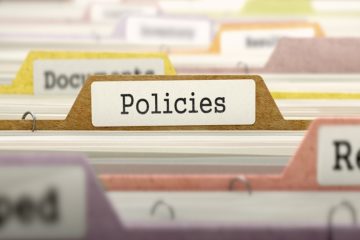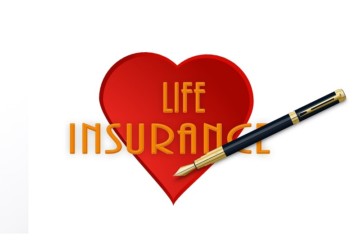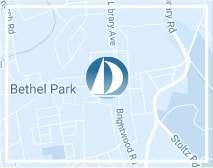Garage Liability, Garage Keeper’s Legal Liability, and Errors & Omissions Insurance –What Does Your Auto Service Shop Need?
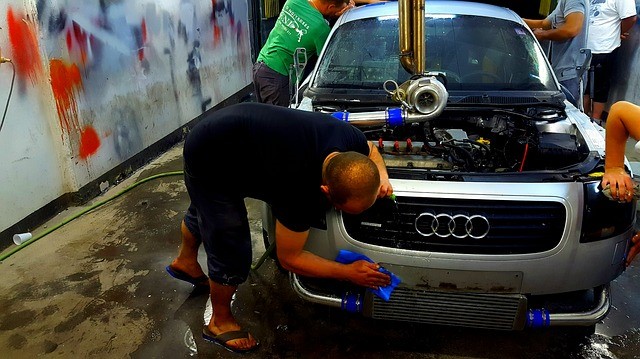
What does everyone reading this article have in common?
We’re all human. We make mistakes.
If you’re a human doing business as an auto repair garage, body shop or other auto-related services, mistakes can be costly. Even though it’s widely accepted that people can make mistakes, it is not acceptable, as consumers, to pay for a service mistake. Even if your staff of mechanics and technicians are among the best, mistakes can and do happen in the auto repair process. The trouble with making mistakes with an auto repair is that they can be costly.
“But,” you say, “my shop already has Garage Liability and Garage Keepers insurance!” That’s the minimum coverage and keeps your business legal, but it can still leave open exposures if you have a mechanic’s error. Enter: Errors and Omissions Insurance.
To fully appreciate the value this type of coverage offers, it’s necessary to more clearly define what standard Garage Liability and Garage Keepers insurance can cover.
Garage Liability Insurance is defined as:
This policy covers incidents that happen on their property, be that an injury (example: customer slips and falls) or accidental damage that may occur to someone’s property (customer or an employee) while on the premises arising from garage operations.
– International Risk Management Institute, Inc. (IRMI)
Unlike Commercial General Liability (CGL) protection that a regular business building has, an auto garage has more risk because garage injuries tend to be more severe. It’s, therefore, necessary to have a policy specifically for garage owner’s types of risk. Garage Liability can also provide coverage for any injuries caused to a third party if the mechanic takes the customer’s vehicle on a test drive and has an accident, causing injury to another party.
Garage Keeper’s Legal Liability is defined as:
Coverage provided under a garage policy for auto and trailer dealers, particularly those dealers that maintain a service department or body shop, for liability exposures concerning damage to a customer’s auto or auto equipment that has been left in the dealer’s care for service or repair.
– International Risk Management Institute, Inc. (IRMI)
This type of policy coverage options includes:
- Comprehensive –which is anything other than collision or overturn.
- Specified Causes –theft, fire, explosion, vandalism.
- Collision
This type of coverage is needed due to an exclusion in the garage liability form for damage to a customer’s auto while in the “care, custody or control” of the garage.
Garage keeper’s insurance has three options offered:
- Legal Liability – This provides protection for a customer’s vehicle which is damaged due to the garage’s negligence. This is the most common type of Garage Keepers Liability.
- Examples:
- A customer’s vehicle is involved in a collision while the mechanic is test driving it.
- The garage leaves the convertible top down overnight and rain damages the client’s car.
- Direct Primary –This covers the customer’s vehicles regardless of liability.
- Examples:
- The garage is broken into, and customer’s vehicle is vandalized or stolen.
- A weather event causes unpreventable damage to the customer’s vehicle.
- Direct Excess –Not purchased as often, but can provide savings to the garage owner.
It provides coverage to the garage for the loss to a customer’s vehicle regardless of liability, just as direct primary does. The difference is, if the garage has no liability for the loss, such as in the examples under Direct Primary, the policy will only pay the excess of any other collectible insurance.
Without a Direct Primary or Direct Excess form, the claimant (the garage’s customer) must prove that the garage owner (the insured) was negligent for the loss to be paid under the garage keeper’s coverage. Since garage keeper’s liability covers physical damages, deductibles apply to covered losses.
The difference between garage keeper’s legal liability (GKLL) and direct primary coverage is that garage keepers will provide coverage to a vehicle if it is damaged due to the insured’s negligence and direct primary covers the vehicle regardless of fault unless specifically excluded by an endorsement.
Source: Insurancejournal.com
Potential coverage gaps in garage keeper’s legal liability
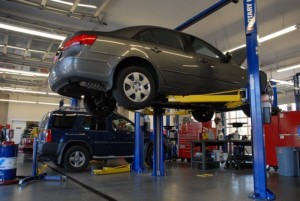
As with any insurance policy, there are some exclusions spelled out within the policy that may leave the insured with open exposures. In a typical garage keeper’s policy, exclusions include:
- Faulty work
- Defective parts
- Theft by an insured
- Loss of equipment inside the customer’s vehicle (anything not permanently installed in the vehicle) such as radios, CB’s, telephones, scanners, etc.
There’s also the possibility of lawsuits that can encompass everything from alleged rolled-back odometers to misleading advertising. If a dealership fails to disclose previous damage, fails to submit correct paperwork to the DMV, or fails to perform a title search, for example, the garage can be sued.
Between the two policies, a large percentage of potential exposure is covered. There are instances, however, like those we see in their exclusions, that leave gaps in coverage. This is where an Errors & Omissions (E&O) policy can save a garage owner from litigation that could potentially wipe out a small business.
Mechanics Errors & Omissions Insurance

A mechanics E&O policy provides coverage for damages to the products you (the garage) install, or errors made by mechanics performing work on a vehicle before and after releasing the vehicle to the customer, i.e. human error.
For example:
An auto technician is changing transmission fluid flush in a routine maintenance job. The technician flushes the transmission fluid, then gets distracted helping with another task. He/she returns to the vehicle being worked on and forgets to replenish the transmission fluid, thereby destroying the transmission.
A body shop technician accidentally sands through a rear quarter panel, to the point that it’s unsalvageable and needs to be replaced.
In a simple tire rotation, the lug nuts are not tightened properly causing damage to the tire, requiring replacement.
These are human mistakes that can happen with the highest level of vehicle repair service. Depending on the type of vehicle being worked on, these errors can be costly. Some are enough to put a small garage out of business (one only need to investigate the cost of replacement parts for a Tesla). Unfortunately, they are not covered by the typical garage liability or garage keeper’s insurance policy.
Some factors to consider before purchasing a mechanic’s E&O policy
- The level of exposure (risk) – Is the garage owner the sole technician or are there multiple technicians working in the shop? What is the experience level of the technicians working in the garage? Are certifications required?
- The types of vehicles the garage services –Are the vehicles exotic, high-end vehicles whose parts are costlier to replace?
- The size of the business operation –What is the business volume of the garage? Can the business survive a loss if no coverage exists?
Weighing the options and cost
Every business has a different set of circumstances. The following are some typical examples of what each type of policy would cost.
An auto detailer business, for example, with a garage keeper’s liability policy with comprehensive and collision coverage ($250 and $500 deductibles, respectively) and coverage limits of $75,000. The business can expect to pay anywhere between $800 and $2000 per year.
Garage liability premiums range from $1,000 – $3,000 depending on the level of coverage, the location of the business, driving records of the employees, etc.
Mechanic’s Errors & Omissions policies vary as well but tend to be cheaper than both above.
Ways to keep your premiums down
As with any insurance policy, there are ways to keep your risk, and hence your premium, at bay.
- Meet with an agent and understand your risk. Many small business owners are constantly looking for ways to keep costs under control. Unfortunately for some, they cut costs in places they don’t realize can be detrimental. Insurance premiums are one of those places. Lowering your policy limits to state minimums may save you up front, but if you don’t have a full understanding of your risk and what a loss can cost your garage, this may have a negative impact on the business with just one occurrence.
- Maintain safety standards in the garage, always. Having a safety-minded shop environment is not only good for operations but insurance companies like safety practices as well. Hold regular safety workshops and make employee attendance mandatory.
- Bring safety practices into the customer areas of the shop. Be diligent about what parts of the business you allow customers to dwell. The less traffic you have in the grease-laden floors of the workshop, the better.
- Set limits and deductibles wisely. Setting higher deductibles can bring your premium down.
- Pay your premium in a lump sum if possible. Many insurers attach additional charges for paying premiums monthly or quarterly.
If you are a garage owner or automobile-related service provider, make sure your business is covered for potential losses. Contact Driscoll Insurance Services today for a consultation and see how we can help protect your business.
